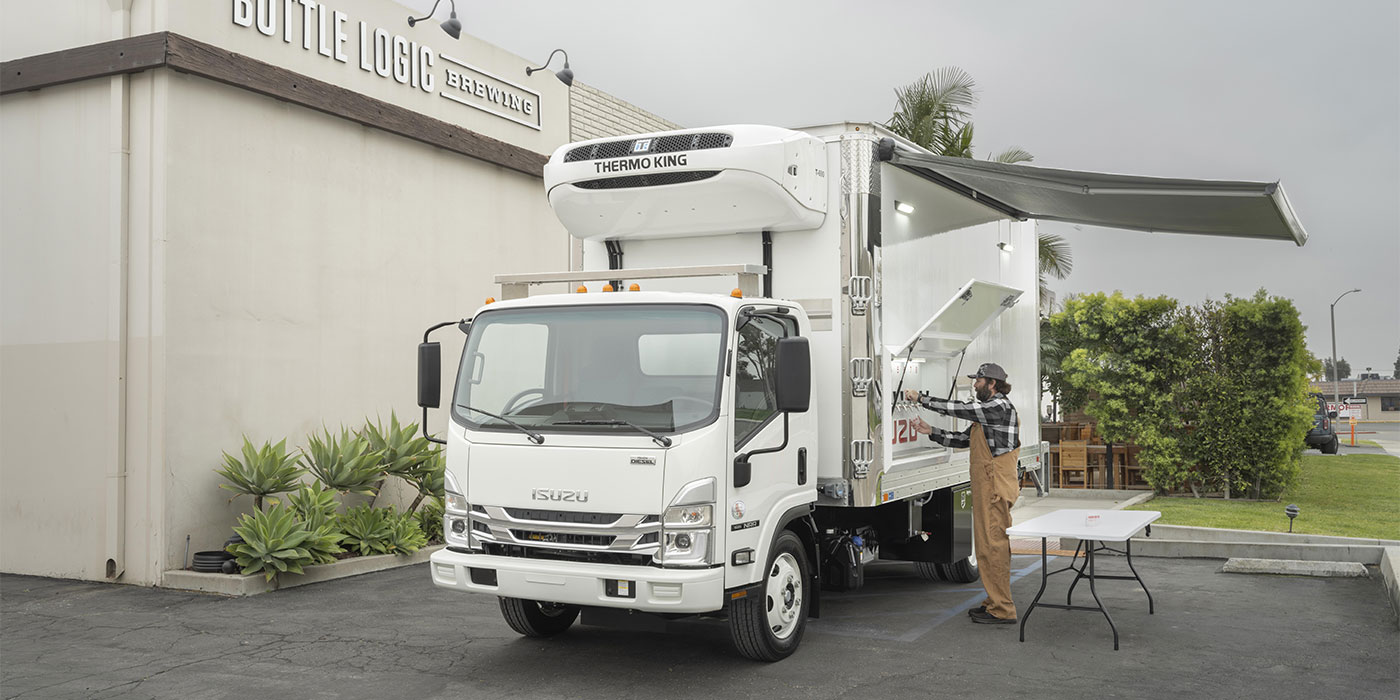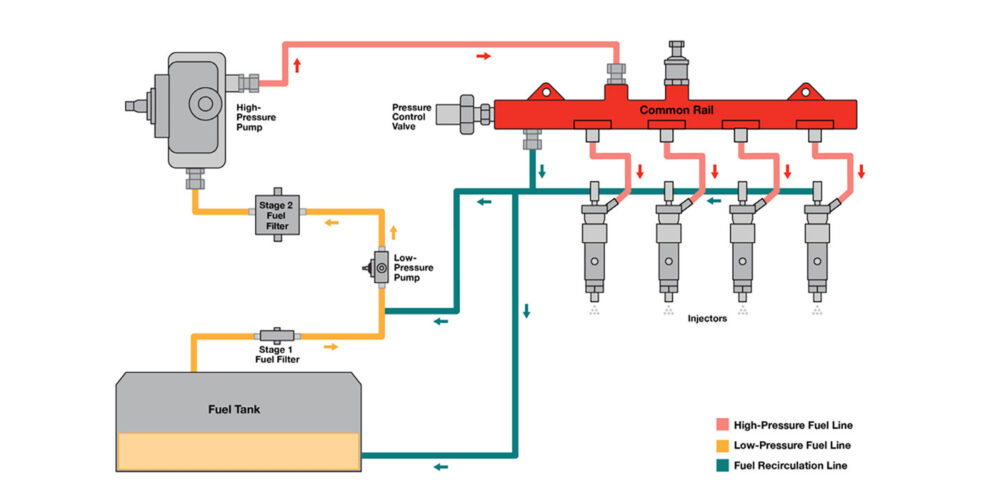Those of you who have been in the industry for a while can remember when trucks were loud. Sometimes this was intentional, other times the trucks just came that way new. Objections to this noise resulted in the federal government regulations during the 1970s and ‘80s limiting truck noise. At that time, the three primary noise contributors were the diesel exhaust, tires and cooling fans.
Virtually all highway diesels are now turbocharged and peak sound levels are dampened significantly as the exhaust flow drives the compressor side of the turbine. This reduces exhaust gas pulsing and creates an effective sound damper ahead of the traditional muffler. Newer trucks equipped with diesel particulate filters (DPFs) are further dampened. Acoustic engineering has also been applied to most recent engine block, cylinder head, manifold, and intercooler designs to further lower engine noise levels, in spite of climbing torque and horsepower ratings. Engine RPMs have also been reduced in search of fuel efficiency, reducing noise as a side benefit.
Nearly all cooling fans now operate only on demand to maintain coolant temperatures below upper limit thresholds. Fan assisted airflow is typically required only at slow road speeds combined with high power output, air conditioning and/or high ambient temps. The percentage of engine run time during that the fan is switched on has continued to lessen with newer engine, radiator, charge cooler and hood designs, with most current highway engines having fan-on time in the 5% range.
Tire noise (a complex subject with many components) has also received much attention from product designers and acoustical engineers with the result of significant and continuing progress. Areas of study include tread element vibration, air pumping, casing vibration, and acoustic resonance, among others. Special test conditions, data gathering equipment, and a special logarithmic scale (dbA scale) of measurement are used to define noise generation characteristics of competing new tire designs. Laboratory tests, using microphones to measure noise at varying speeds and loads, are useful, but as tires become quieter, road surfaces have become a much greater factor. Considering the expected range of “typical” surfaces a tire will run on is an important part of new tire sound level design today. In fact, many new rib tires (steer and trail axle designs) are actually quieter than perfectly smooth tread tires would be on typical high speed highway pavements. Generally, asphalt surfaces generate slightly less tire noise than concrete, although the latter usually offer slightly lower rolling resistance to enhance fuel economy.
One method of reducing tire noise used by most new tire manufacturers is “pitching,” which involves slightly changing the length, usually in a random sequence, of basic tread elements around the tire circumference. This adds complexity and cost to new tire molds. While some tire treads may look very similar to the untrained eye, they may have quite different noise characteristics. Something to keep in mind when shopping for competitive brand new or retreaded tires.
Another important consideration is that uneven, or irregular, treadwear nearly always increases tire noise levels. This often occurs before the wear patterns become visually obvious. Patterns such as alternate lug wear, heel/toe wear, and heavy shoulder wear are especially prone to increasing noise. The best tire engineering efforts haven’t been able to overcome this tendency. This is an added incentive to maintain proper alignment, inflation pressure, dual tire matching and suspension component (torque arm bushings, shock absorbers) condition.
Continuing progress toward even quieter truck tires is likely. The European Union (EU) Council is well along the way to finalizing regulations that limit noise from truck tires. These are expected to become effective beginning in 2012 for new tire types and apply to all tires in the 2015 to 2016 range. Since nearly all radial truck tire manufacturers in the North American market are global in scope, the technology will likely be incorporated in our tires. Meanwhile, there’s no substitute for traditional good tire maintenance practices, and the old adage of “you usually get what you pay for” still applies.













